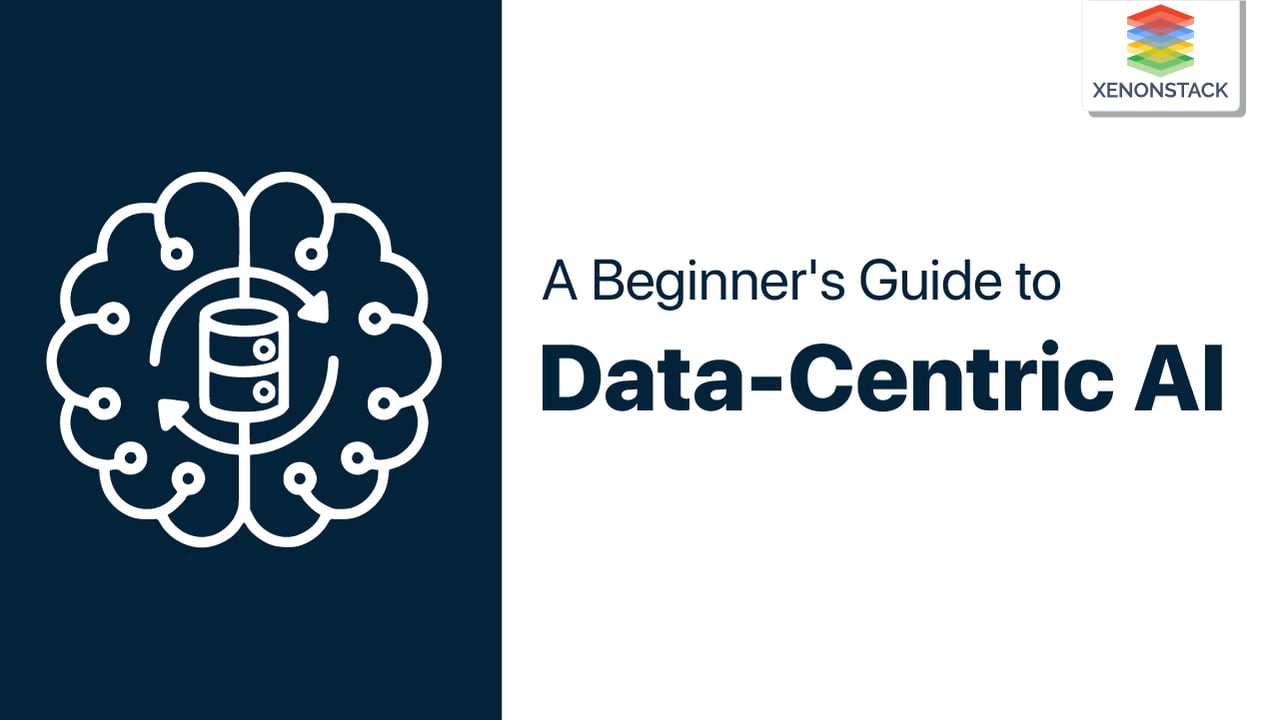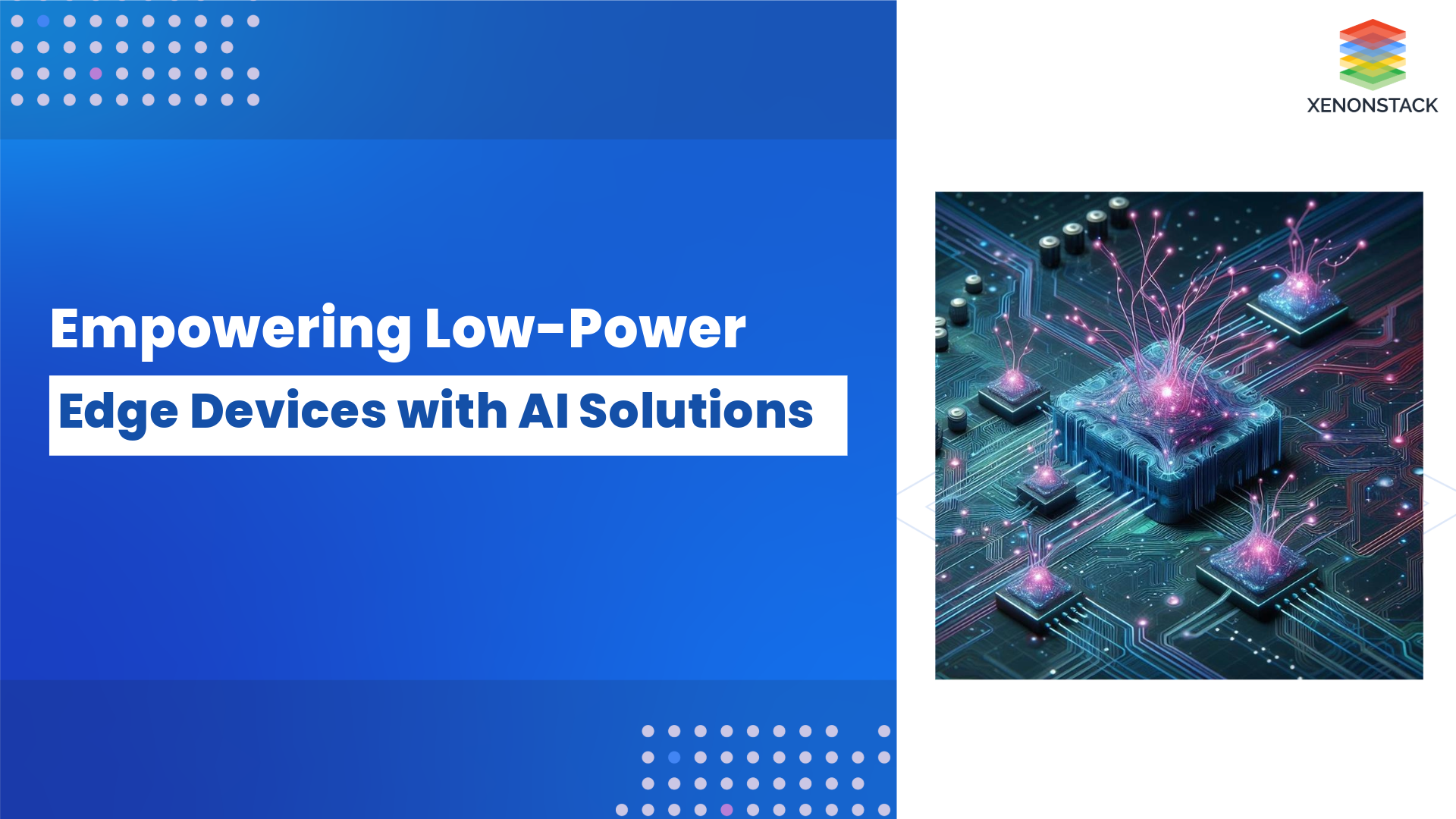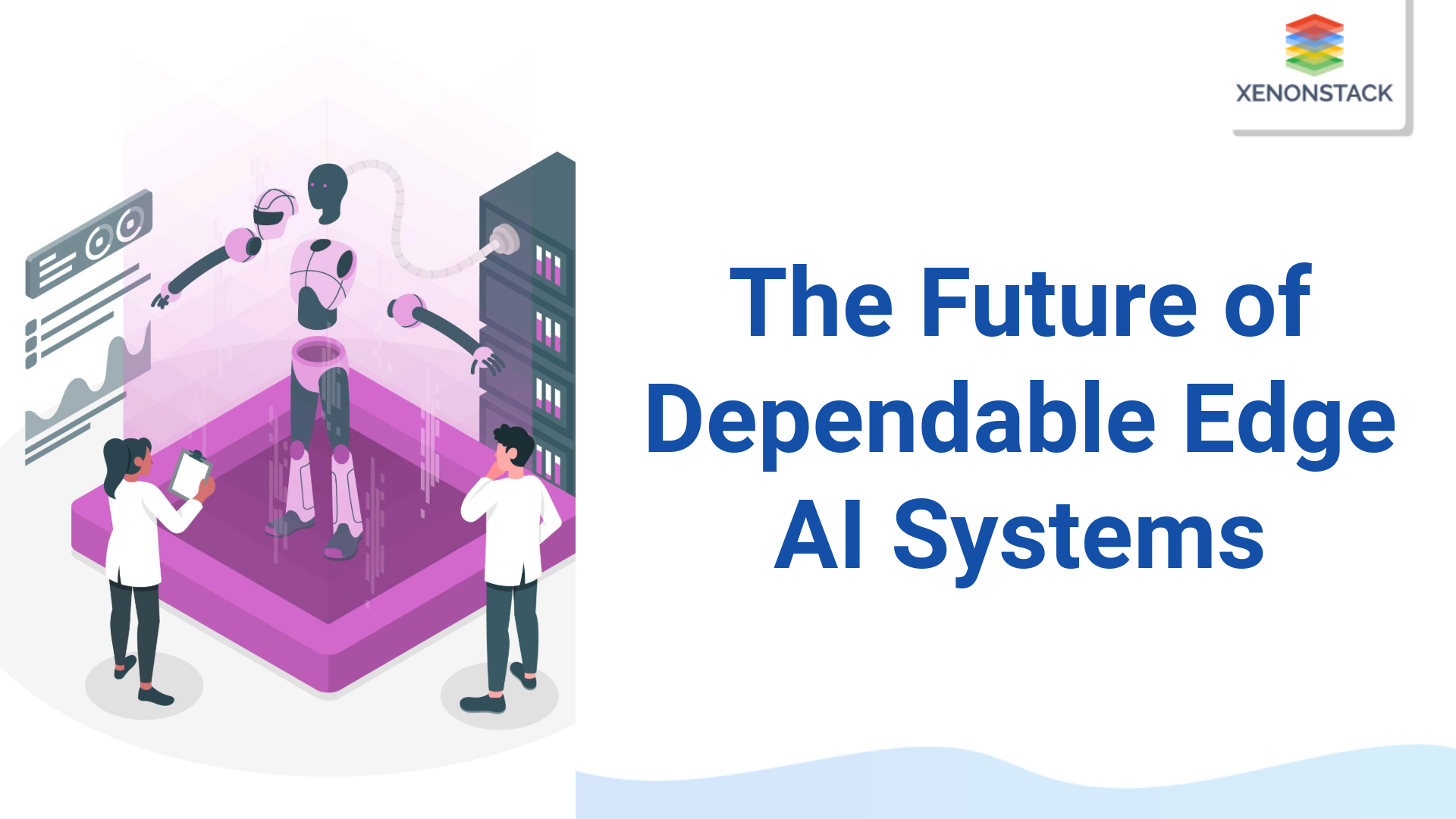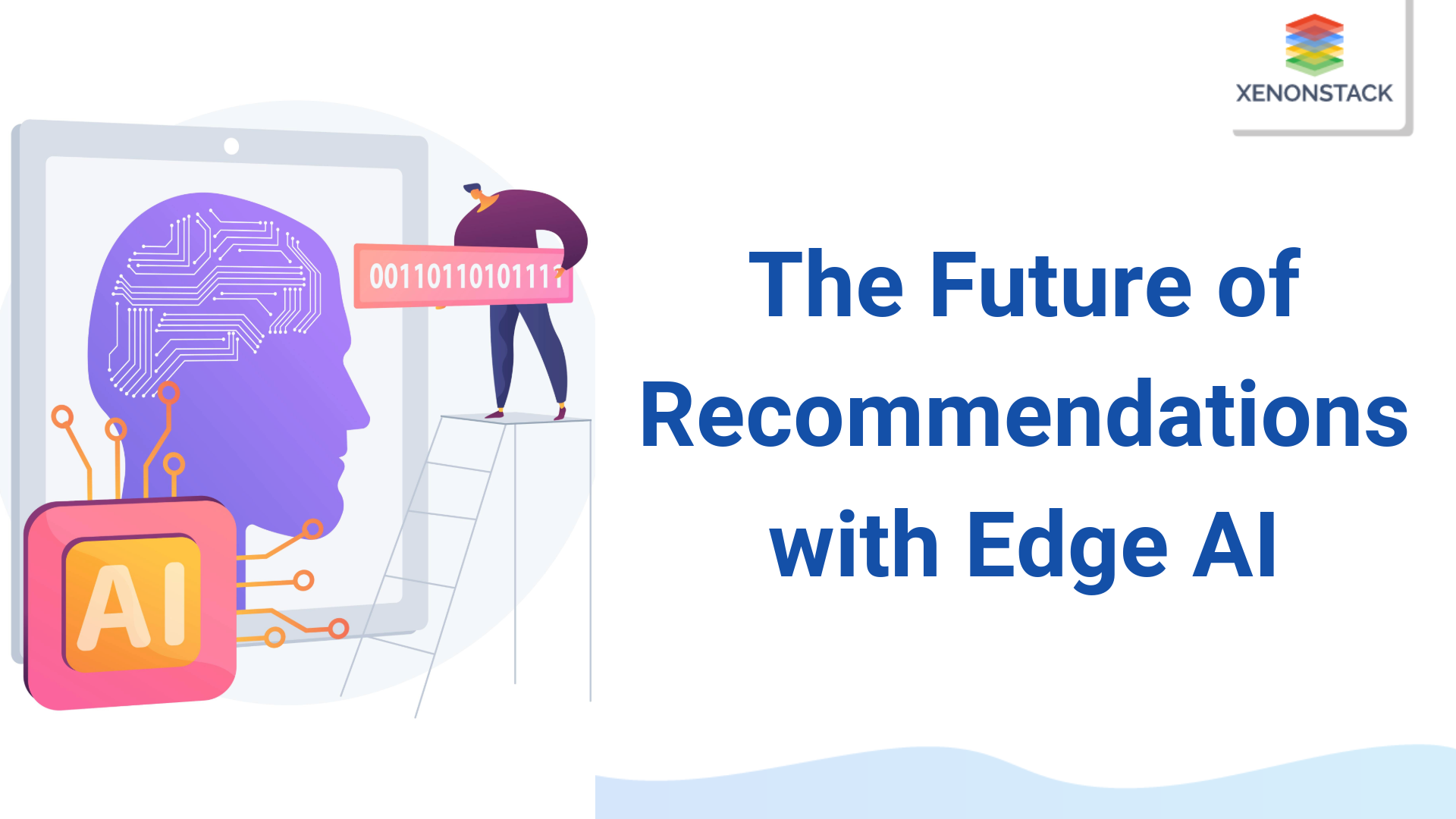
Overview of Data-Centric AI
Today, machine learning models are simultaneously becoming more complex and opaque, requiring much larger volumes of training data. Data has become a convenient interface for collaborating with subject matter experts and turning their knowledge into software. Finally, data-centric AI unlocks a higher level of model accuracy than would be possible using model-centric approaches alone.
A new kind of AI technology called "data-centric AI" (DCAI) focuses on understanding, using, and making judgments based on data. It is a method that prioritizes data before code. It uses machine learning and big data analytics technologies to learn from data rather than depending just on algorithms. It can therefore make wiser choices and deliver more relevant results. Additionally, it has the potential to be far more scalable than traditional AI methods.
To make AI responsible and support technologies while designing, developing or managing systems that learn from data. Click to explore about our, Responsible AI Principles and Challenges
How does Data-Centric AI work?
- Data-centric Artificial Intelligence can help improve the performance of AI services through extrapolation, augmentation, and interpolation. By raising the amount of data available to AI services and enabling more efficient use, data-centric Artificial Intelligence can help make those services more accurate and reliable.
- With this new approach, AI focuses on data generated using training data from various sources, including aggregated data and public and private datasets. This approach can improve the quality of the training data and reduce the time and effort required to generate it. In addition, it can also help improve the efficiency with which AI services use training data. And because the data is personalized, data-centric AI will likely be able to handle additional data sets as well.
- This means that regardless of the size of the data set, the data-centric AI can learn from it and make predictions. Furthermore, it is not limited to a specific data type. It can learn text, images, audio, and video.
In general, a data-centric AI strategy includes the following steps:
- Use the right labels and fix the problem.
- Eliminate instances of noisy data
- Feature engineering
- error analysis
- Use subject experts to determine the accuracy or inaccuracy of data points.
AI and data together come with patterns and help to make decisions. Click to explore about our, Ethics of Artificial Intelligence
What are the key steps to implement Data-Centric AI?
- Leverage MLOps methods by spending more time on data than on models. Time spent on model improvement, including model selection processes, plays an essential role in a data-centric approach. It automates the workflows to streamline machine learning lifecycle management.
- Essential details regarding data sets are provided by data labels, which an AI algorithm analyzes to learn. Therefore, the information must be accurate and consistent. Furthermore, fewer instances of appropriately labeled data (such as photos) might result in better results than more data with inaccurate labels.
- It places a high value on the quality of data labels, which involves addressing label contradictions and adopting labeling guidelines. Utilizing several data labelers is the most effective technique to discover the mismatches. When labelers discover an error or inconsistency in a label, they can determine to fix it and record their choice in the labeling manual.
- Eliminate instances of noisy data, which expands the model's new data generalization capabilities.
- Data versioning is crucial in any software program. When comparing two versions, a developer wants to find problems when they see anything that doesn't make sense anymore. Or they may have avoided the problem by redeploying that specific version. It is challenging and error-prone to manage dataset access and the several iterations of each dataset throughout time. One of the most crucial elements in managing your data is data versioning, which makes it possible to keep track of changes (additions and deletions) to your data collection. Dataset management and code collaboration are made simple by versioning.
- Data augmentation is a data analysis task that involves generating data points by interpolation, extrapolation, or other means. It can be used to import more training data for machine learning. This improves the number of data points involved, such as the number of defective manufactured components, by generating data that the model has yet to see during the training period.
- Error analysis can assist in identifying a subset of the data set to enhance after training a model on Data-focused AI impacts performance.
A hassle to keep track of all that is going on, and it takes a lot of manpower to tackle it. Click to explore about our, AI-based Video Analytics
What are the major challenges of Data-Centric AI major?
- A need for training data instances often leads to poor optimization and disappointing outcomes.
- To achieve speed improvements, current model-centric AI technologies need a lot of data and expensive computing power. In contrast, data-centric AI does not need expensive computational resources and emphasizes data quality over quantity, resulting in less fair and trustworthy results.
- By prioritizing data quality through a approach, organizations have a better chance of eliminating data bias through careful analysis.
- A model-centric AI strategy needs customized models to address multiple tasks; organizations have many data sets and models. This also contributes to the higher cost of AI, and it might be expensive to purchase enough information to address every minor issue.
A data-centric approach to AI can help mitigate these challenges and, in turn, help organizations get the most out of their data.
What are the major benefits of Data-Centric AI?
- Improve Performance: A data-centric approach involves building AI systems with quality data, ensuring that the data conveys what the AI needs to learn. This helps teams achieve the required performance level and eliminates unnecessary trial and error time spent improving the model without changing inconsistent data in a particular data set.
- Promote Collaboration: Data-centric approach to quality management enhances collaboration among managers, professionals, and developers. They can work together during the development of bugs/tags that will be resolved by reaching a consensus on them or building a model before analyzing the results so they can perform further optimizations.
- Data-centric AI reduces development time -With this approach, teams can work in parallel and directly impact the data used for the AI system. Development time is reduced by eliminating unnecessary back and forth between teams and repeating human intervention where needed.
Which companies benefit the most from Data-centric AI?
It can benefit any organization that wants to manage and leverage its data to make better business decisions. Organizations with large data sets, such as financial services, healthcare, retail, and telecommunications, can benefit the most when they have more data to process and are looking for ways to optimize that data.
It can be used for everything from predicting customer behavior to predicting the stock market. It is not limited by the limitations of human intelligence and can process more information than a human can.
Conclusion
Data-centric AI improves the accuracy of model results and introduces this concept to new applications. It is gaining momentum as engineers working with AI focus more on models than data. Where engineers in the past used model-centric approaches to improve the results and accuracy of model predictions, currently dynamics more people look to the quality of the input data to improve results. With higher-quality data flowing in and out of models, it is driving new capabilities in environments outside of traditional engineering benchmarks, including 5G communications, lidar, medical device imaging, and charging state estimates of electric vehicle batteries, among others.
- Discover more about Artificial Intelligence (AI) Solutions on Edge
- Explore here about Responsible Artificial Intelligence in Government


